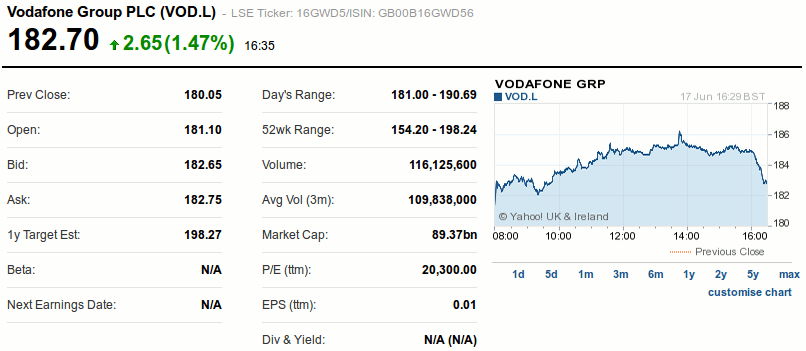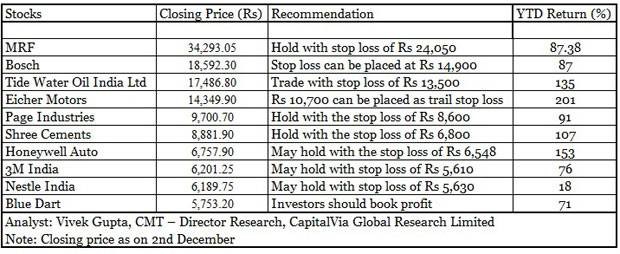When to Buy Stocks and When to Sell Them
Post on: 11 Июнь, 2015 No Comment

'Buy low and sell high' is a strategy that will serve you well
When to Buy Stocks and When to Sell Them
As you begin investing and you see the market rising and falling every day, you’re probably wondering: How in the world do you figure out when to buy and when to sell?
My goal in setting a preferred buy-under price is to lock in the best possible total return (dividends plus price gain). So I look forward 12 months. I ask myself: Given the investment’s current price, what kind of return can we expect in the coming year?
The answer depends on a variety of factors:
Projected Earnings Growth
Projected earnings growth is how much analysts expect the earnings per share (EPS) to rise or fall for the year or for the quarter. Of course, we would much prefer a stock that is projected to grow. You can find the projected earnings growth on the Analyst Estimate section of sites like Yahoo Finance. Morningstar or Google Finance .
For most stocks I’m looking to buy, I prefer that the projected earnings growth rate in the year ahead exceeds that of the S&P 500 Index. the generally accepted benchmark for the overall market. Thus, if the analysts are expecting the S&P’s earnings to grow 5% this year, I focus on companies with an estimated growth rate of more than 5%.
P/E Ratio
The price-to-earnings, or P/E, ratio (stock price divided by EPS) is one way to tell if a stock is over- or undervalued. A high P/E indicates that investors expect growth in the share price. To compare P/E ratios within a sector, you can use the Related Companies feature of Google Finance.
Click to Enlarge For example, as you can see in the screencap, Fossil (FOSL ) has a higher P/E ratio than others in the retail sector. Some stocks do not have a P/E ratio if they are losing money.

You can expect that faster-growing businesses will command higher P/Es. To make sure you aren’t overpaying for growth, compare the P/E with the company’s projected growth rate for the next five years (also available on the Web sites I just mentioned). Ideally, this so-called PEG ratio (P/E divided by growth) shouldn’t exceed 1.25. PEG ratios below 1 often represent mouthwatering bargains.
Dividend Yield
Dividends are income that you receive (usually quarterly) in addition to any gains in the stock price. It comes from a portion of the company’s earnings. Not all stocks pay a dividend, and the ones that do are usually more established companies that can afford to do so.
Young investors should generally steer away from the highest-yielding stocks (those with a dividend yield above 4%) because such companies are usually growing too slowly for an investor with many years to retirement. Typically, I find that stocks paying 1% to 3% in dividends provide the most consistent long-term growth. These stocks also treat you more gently than non-dividend-paying ones during the market’s inevitable rough periods.
Historical Volatility
Volatility, as you can likely guess, is how unpredictable a stock’s moves are. For peace of mind, you may prefer stocks with low volatility, but stocks with high volatility (depending on the strength of the business) may also show a surprise upside move.














